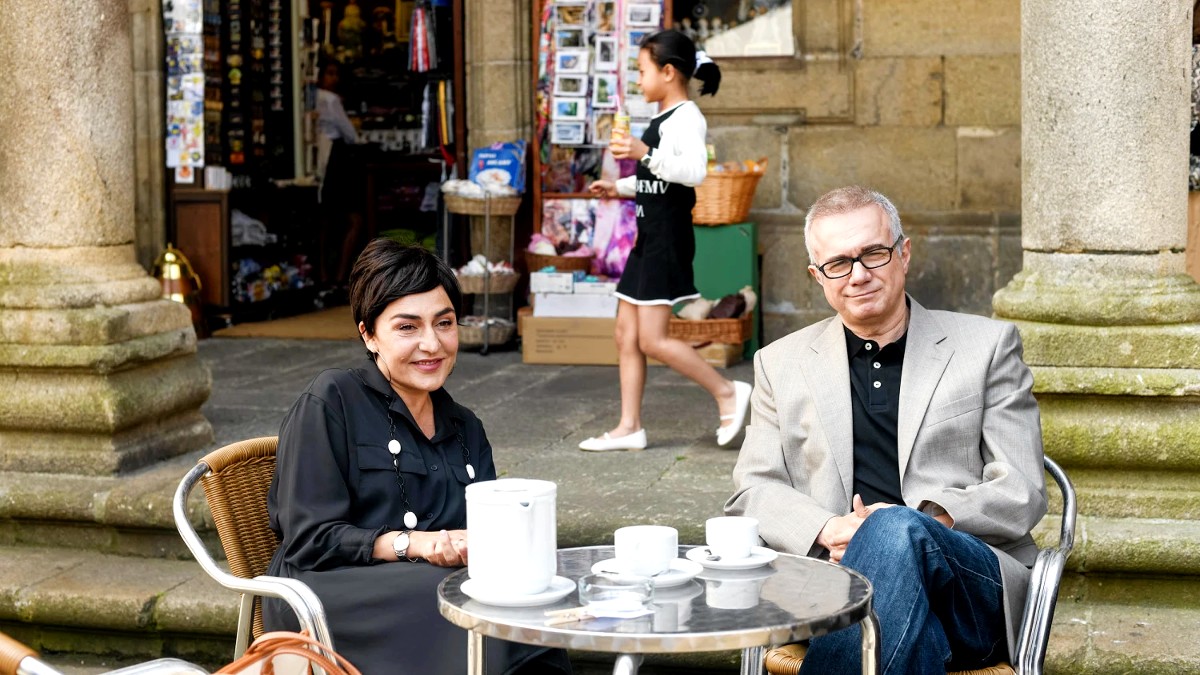‘The Asunta Case’s Ending Highlights Lingering Questions About the True Crime Case

Netflix’s true crime series The Asunta Case ends with a hint of ambiguity, reflecting the lack of answers in the decade-old real-life case of Asunta Yong Fang Basterra.
The new true crime series has taken Netflix by storm, maintaining a high spot on the streamer’s Top 10 TV shows chart since its release. It’s not surprising that the series has gained so much attention, given that it dramatizes one of the most widely known true crime cases in Spain. The show follows Rosario Porto (Candela Peña) and Alfonso Basterra (Tristán Ulloa), a divorced couple who report their adopted daughter missing one day in September 2013. However, the suspected kidnapping case quickly turns into a homicide investigation when Asunta Basterra (Iris Whu) is found deceased one day after she goes missing. Things take an even darker turn when the investigation turns to Porto and Rosario, who are quickly named the prime suspects in the death of their 12-year-old daughter.
The series concludes with the intense trial of Porto and Rosario, revealing their conviction and fate. However, given the many unanswered questions, viewers may wonder what the ending means and how it compares to the real-life case’s conclusion.
What happens at the end of The Asunta Case?
The Asunta Case concludes with Porto and Basterra standing trial for the alleged murder of their adopted daughter, Asunta. It explores the jury’s deliberation and how it ultimately unanimously reached the verdict of “guilty” for both parents. In capturing the trial, the show emphasizes there was no apparent motive for Porto and Basterra to drug and kill their daughter. Hence, the trial is almost wholly based on circumstantial evidence, such as Porto’s inability to explain inconsistencies and contradictions in her account of what happened in the hours leading up to Asunta’s disappearance and the fact that Asunta had a deadly dose of Lorazepam in her system, which was the active ingredient in a drug Porto took for anxiety.
Interestingly, one of the main factors the jury takes into account in The Asunta Case is that Asunta is adopted. The jury holds the infuriating belief that her adopted status is important, finding it easier to believe Porto and Basterra could do something so heinous to a daughter they adopted rather than their biological child. The Asunta Case‘s final episode also covers how the prosecution brought in a final alleged eyewitness to the stand, Laura Prieto Iglesias. Iglesias knew Asunta from French class and testified that she saw the girl walking with her father in the evening on the day she disappeared.
Her testimony didn’t make sense, given that Asunta was spotted in a car with her mother on CCTV footage from a gas station at the time when Iglesias claimed to have seen her with Basterra. Additionally, the girl claimed that Asunta showed no signs of drugging despite being heavily dosed with Lorazepam before her disappearance. Hence, Iglesias’ statement shouldn’t have been considered evidence. However, the prosecution utilized it as the primary evidence that Basterra was an accomplice of Porto’s in Asunta’s murder. The jury ultimately agreed with the prosecution, finding Basterra and Porto both guilty.
The Asunta Case reveals that the pair were both sentenced to 18 years in prison. Although they both appealed their sentencing, the ruling was upheld. The series ends by revealing that Porto took her own life in prison while serving her term. Meanwhile, Basterra is serving the remainder of his term while maintaining his innocence.
How did Asunta’s real-life case end?
The Netflix series accurately details the conclusion of the real-life case of Asunta’s murder. As the show depicts, Porto and Basterra were found guilty of Asunta’s murder. Prosecutors believe that Porto carried out the murder, with Basterra serving as an accomplice in the crime.
However, the lack of a motive and aspects like Iglesia’s seemingly unreliable testimony have led many to wonder if the trial was handled appropriately. There are questions of whether the prosecutor was biased against the couple, if the heavy media scrutiny influenced the case, and if preconceived notions of adoption might have influenced the jury. Sadly, given Porto’s passing, many questions about the case will likely never be answered.
(featured image: Netflix)
Have a tip we should know? tips@themarysue.com